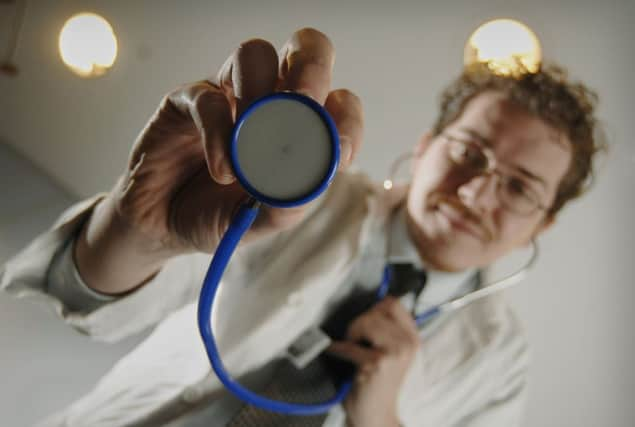Lyndsay Buckland: Strike balance on seeing doctors


First you have to run the gauntlet of questions from the receptionist. You may find yourself over-sharing your medical woes to justify your need for medical attention. These operatives probably have MI5 training given the degree of scrutiny experienced during interrogation.
The next hurdle is whether there are any appointments to be had. Some may find they have to wait a day or more, and then it might not be at a time of their convenience or with the doctor of their choosing.
Advertisement
Hide AdAdvertisement
Hide AdDespite the difficulties placed on GPs by rising demand, the majority of patients are seen within 48 hours. But as pressure grows, is it possible we could expect to wait longer, or have shorter appointments as they look for new ways to squeeze us all in?
One issue needing more exploration is what doctors refer to as “heartsinks” – the patients who are as regular a fixture in their waiting rooms as the five-year-old copy of Woman’s Own on the table in the corner.
These patients see their GP a lot – maybe 50 times a year in some cases, we are led to believe. They often have vague, complex and contradicting symptoms.
While some would label them hypochondriacs, doctors are often left in the frustrating position of not knowing whether their symptoms are imagined or real. Many err on the side of caution and refer them for tests which are often invasive and no doubt expensive for a cash-strapped NHS. But what choice do they really have when one false move could end with a missed diagnosis, a patient complaint and possible disciplinary and legal action?
Glasgow GP Des Spence, writing recently in the British Medical Journal, rightly said more research is needed into this challenging patient group.
Speaking to another doctor, I asked, for my own benefit as well as any journalistic inquiry, how many appointments was too many? I had visions of my own GP’s reaction on seeing me: “Oh no, not that woman showing me her child’s eczema again!”
But it seems there is no clear-cut answer. Some patients with long-term conditions will require regular visits to monitor their health, but they should surely not be labelled “heartsinks”. Others will have genuine concerns, often linked to health campaigns encouraging them to get checked.
When the Scottish Government, charities and health organisations are urging us to increase awareness of symptoms of conditions such as cancer and heart disease we need to strike a balance between encouraging people to see their GP but not increasing the numbers of “worried well” taking up appointments.